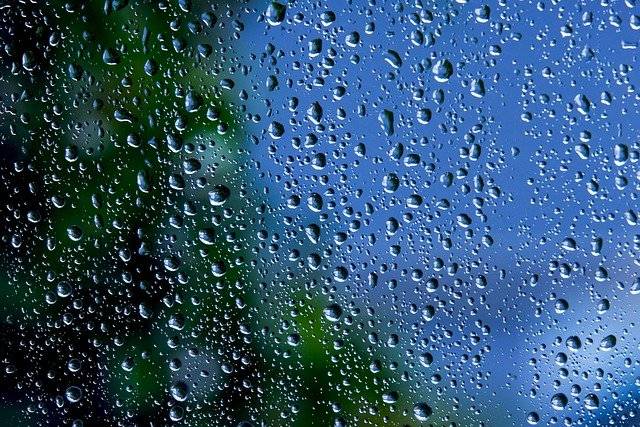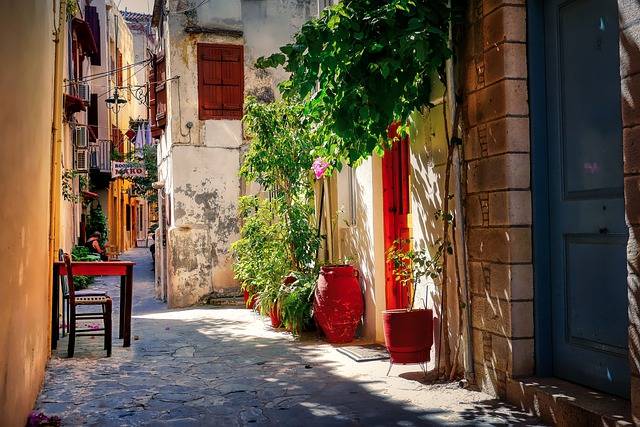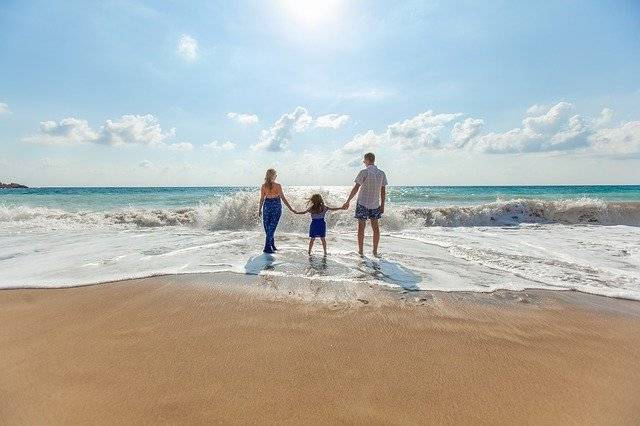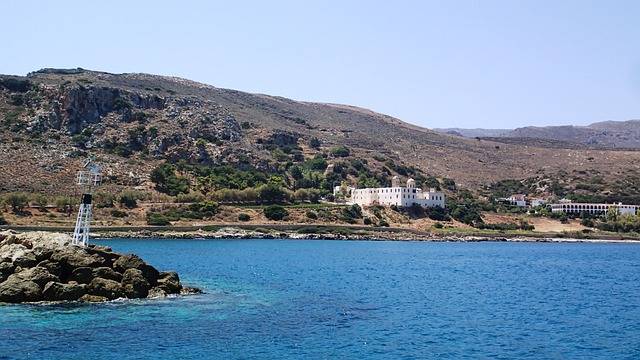 There are plenty of things to do on a rainy day in Crete, whether you’re looking to stay indoors or get out and explore.
There are plenty of things to do on a rainy day in Crete, whether you’re looking to stay indoors or get out and explore.
If you’d rather stay in, Crete has plenty of museums and historical sites to keep you occupied. The Heraklion Archaeological Museum is one of the largest in Greece and is home to a vast collection of artefacts from the Minoan civilisation, while the Venetian Fortress in Rethymnon is a great place to learn about the island’s history.
If the weather is too bad to explore outdoors, there are plenty of indoor activities to keep you busy as well. Crete is home to some great spas, where you can relax in a hot tub or steam room and forget all about the rain. Alternatively, head to one of the island’s many cinemas or theatres for a bit of culture.
If you’d rather get out and explore, there are plenty of great places to visit in Crete even when it’s raining. The Gortyn archaeological site is one of the most important in Greece and is well worth a visit, while the Samaria Gorge is a great place to go hiking if the weather is a bit better. If you’re looking for something a bit more low-key, the villages of Plakias and Agia Galini are both beautiful and well worth a visit.
This article is a part of the guide : What to do in Crete? that you should discover !
Is there a rainy season in Crete?
Is there a rainy season in Crete?
The average hours of rainfall per month in Crete are: Spring (March-May) – 5 hours; Winter (November-February) – 3 hours; Autumn (September-November) – 5 hours; Summer (June-August) – 2 hours. The climate on Crete is temperate Mediterranean with hot, dry summers and mild, wet winters. The average temperatures in October and September are: October – 20 degrees Celsius (68 degrees Fahrenheit); September – 22 degrees Celsius (72 degrees Fahrenheit). The average temperatures in July and August are: July – 30 degrees Celsius (86 degrees Fahrenheit); August – 29 degrees Celsius (84 degrees Fahrenheit). The average rainfall in October is: October – 71 mm; November – 63 mm. The average rainfall in September is: September – 88 mm. The average rainfall in July is: July – 97 mm. The average rainfall in August is: August – 101 mm.
What to do in chania when it rains?
When the rain starts pouring down in Chania, there’s no need to panic. Here are some ideas of what to do indoors to keep busy and entertained.
1. Catch a movie at the cinema.
2. Visit one of the many museums in Chania.
3. Have a coffee or a drink at one of the many cafes and bars in the city.
4. Take a walk around the old town of Chania.
5. Shop at the local markets.
6. Visit the Venetian port of Chania.
7. Take a day trip to one of the nearby villages or beaches.
8. Relax at one of the city’s spas or wellness centres.
9. Attend a concert or performance at one of the city’s theatres or venues.
10. Indulge in some retail therapy at one of the city’s shopping centres or boutiques.







